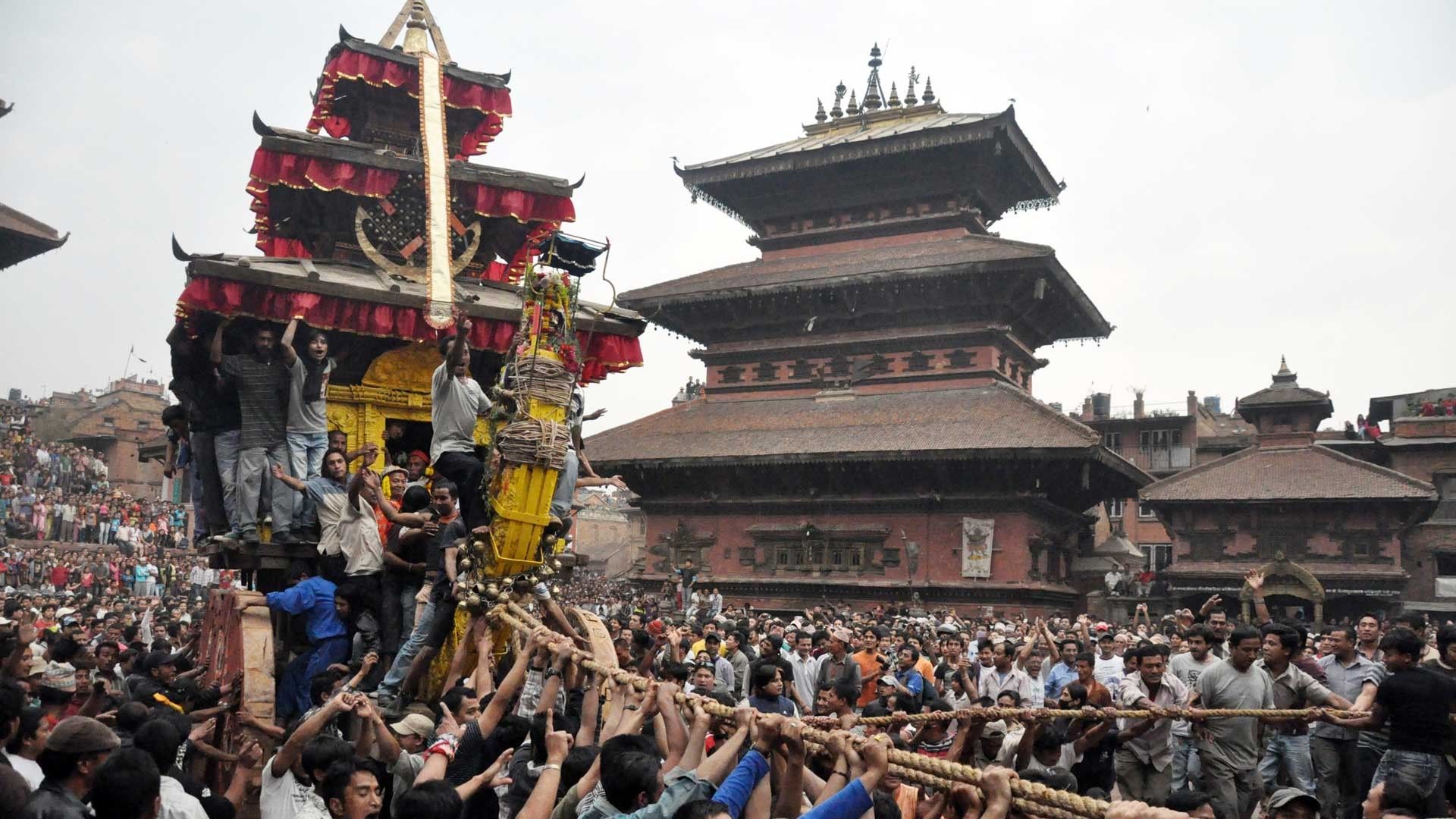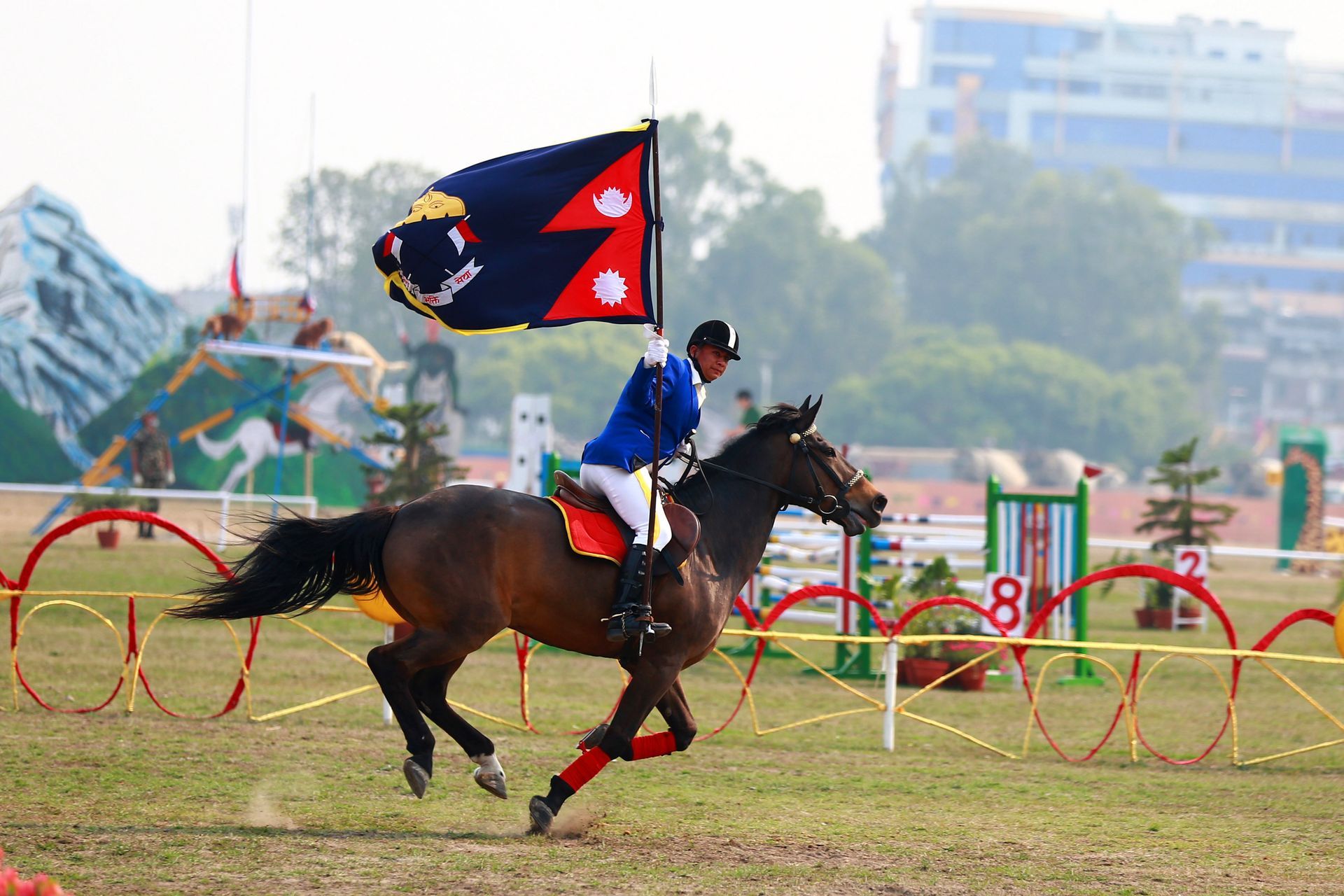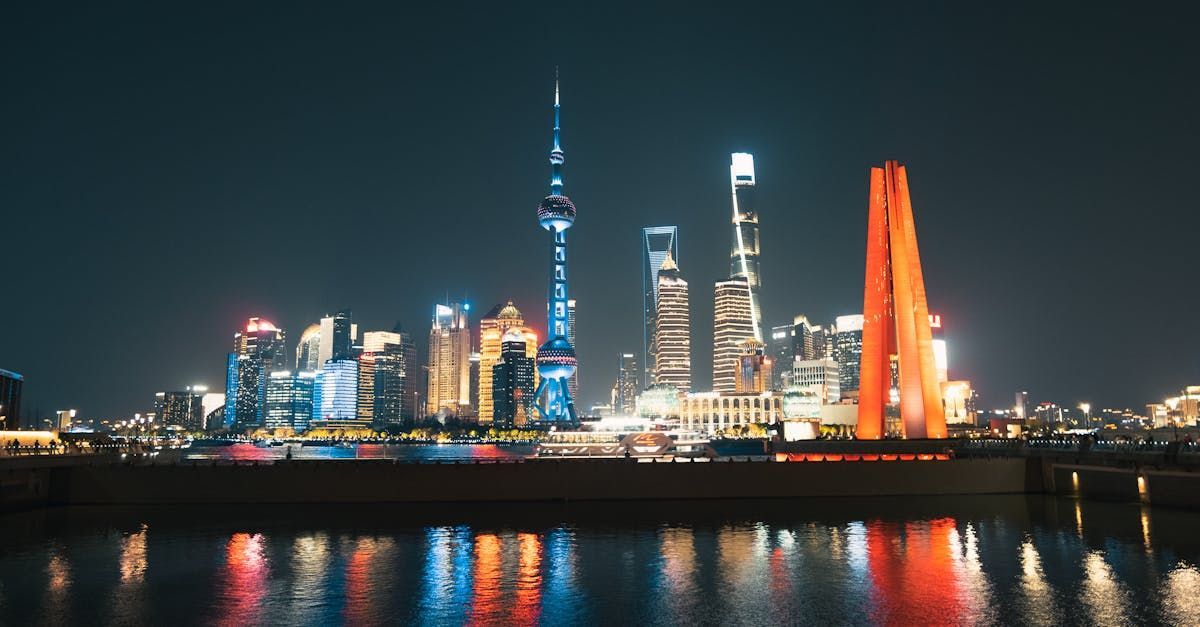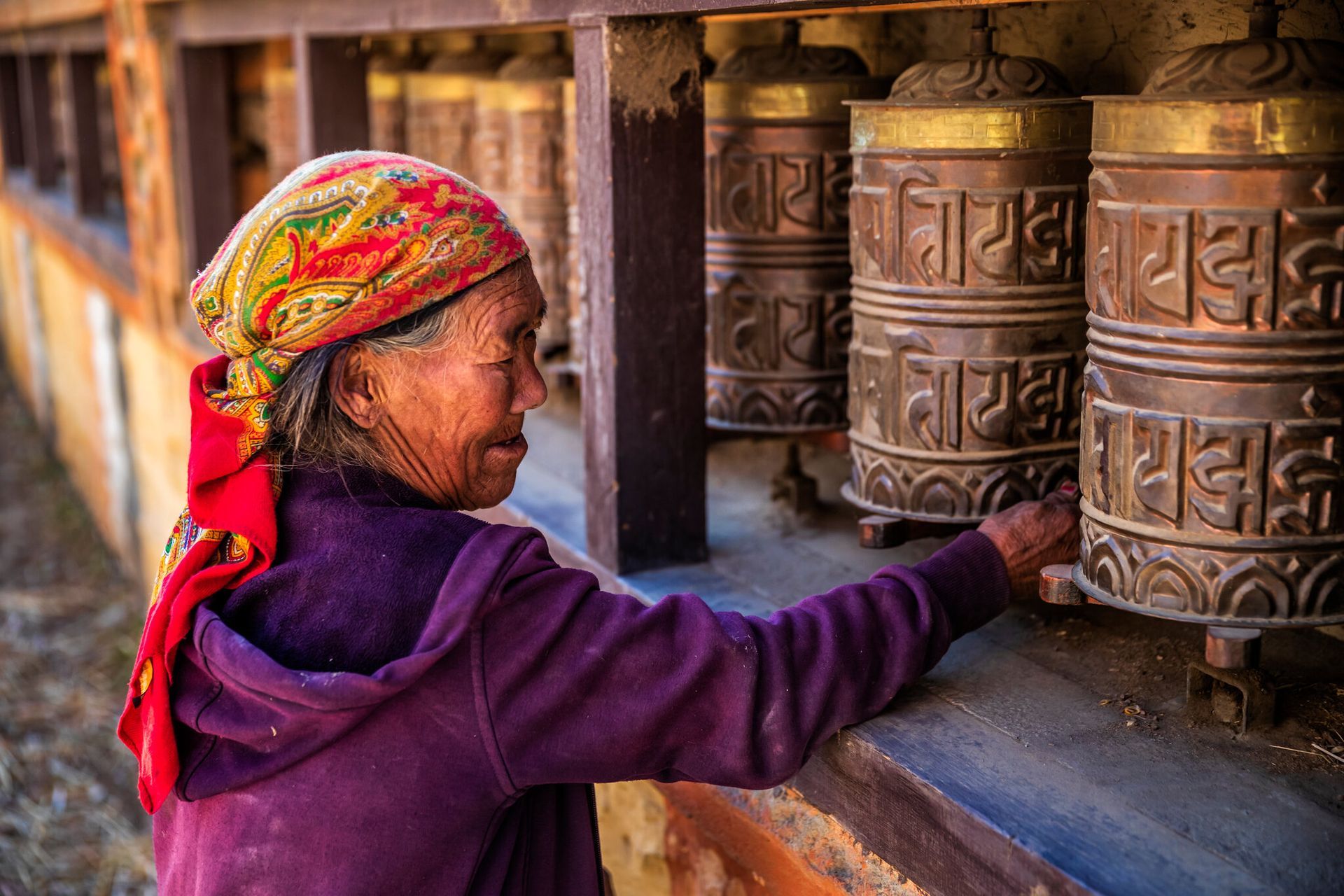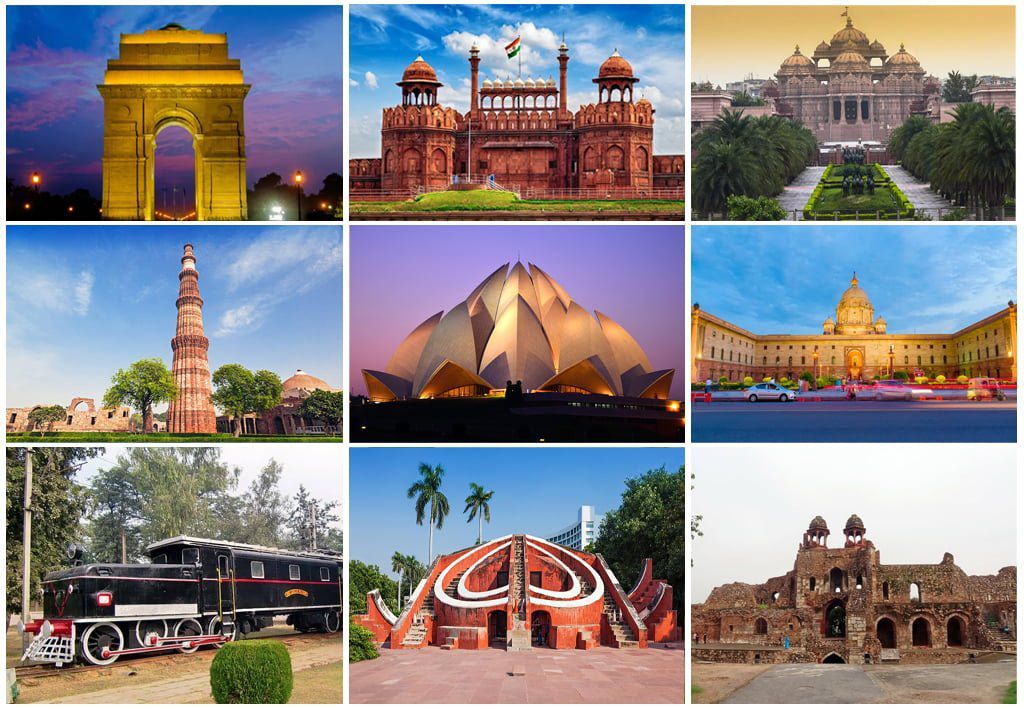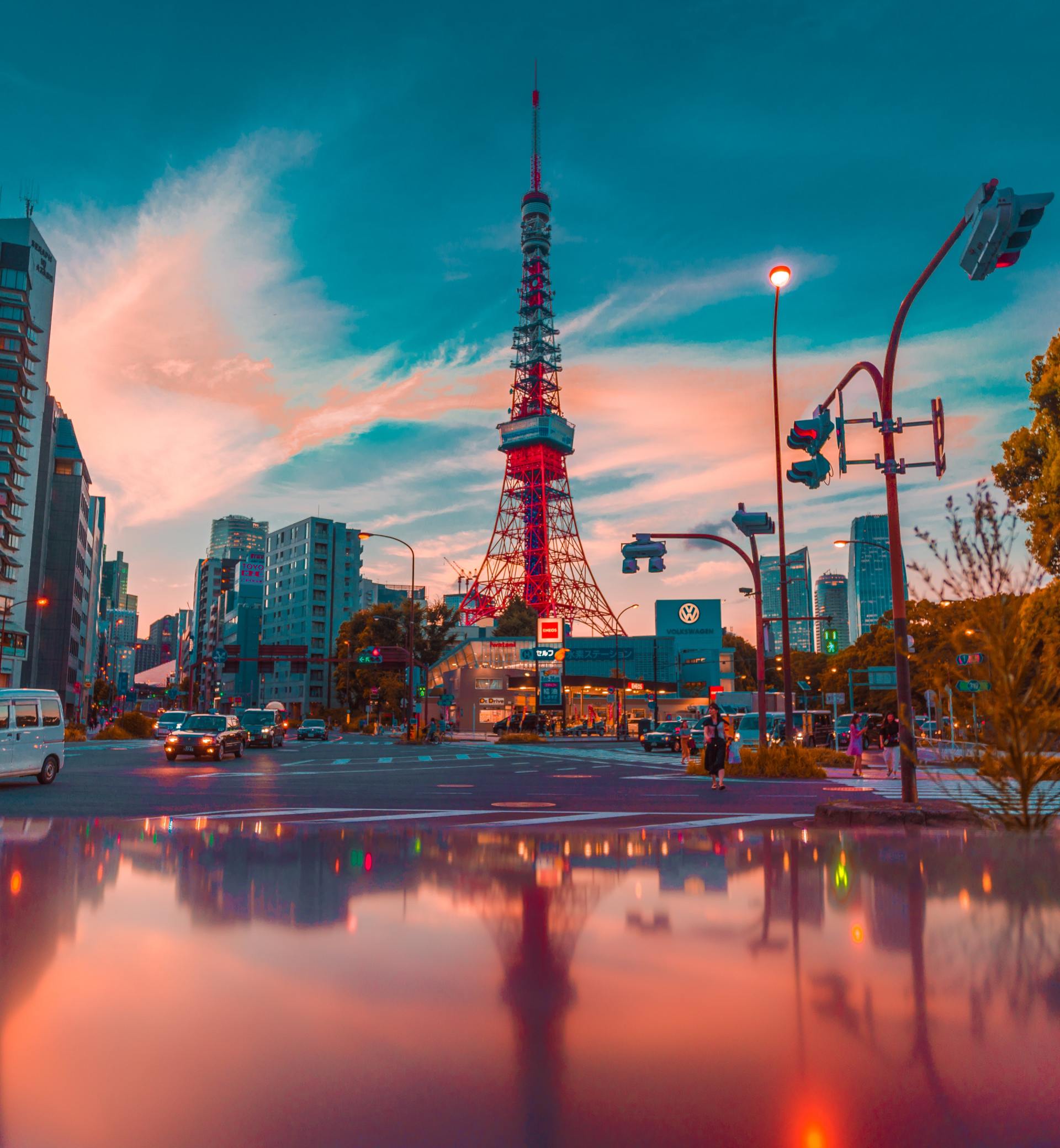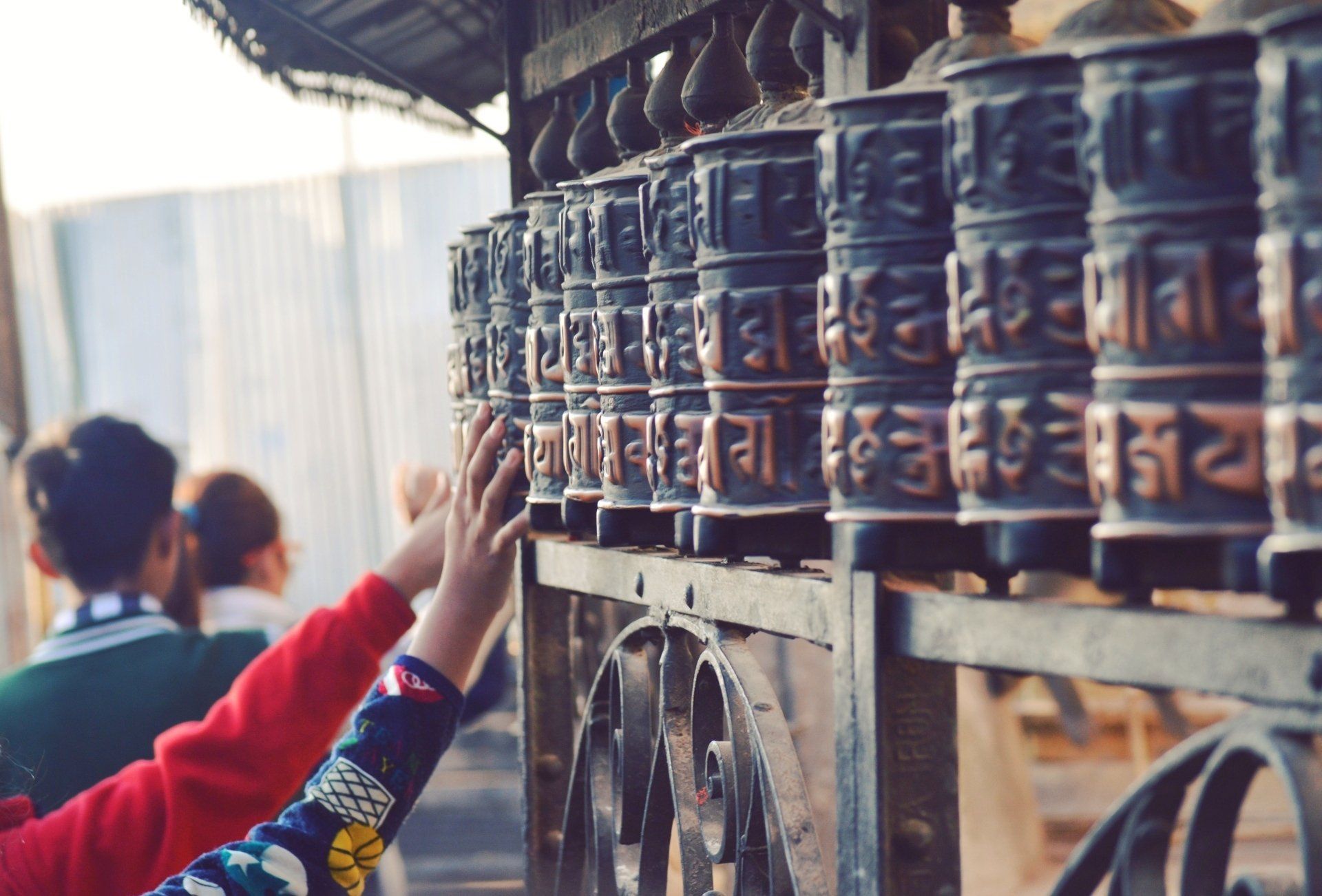Nepal Trekking Permit Now Digital and Hassle Free
Foreigners seeking permits to hike in restricted areas will now need to pay the fee through Nepali online payment systems as the government doesn’t have a dollar account.
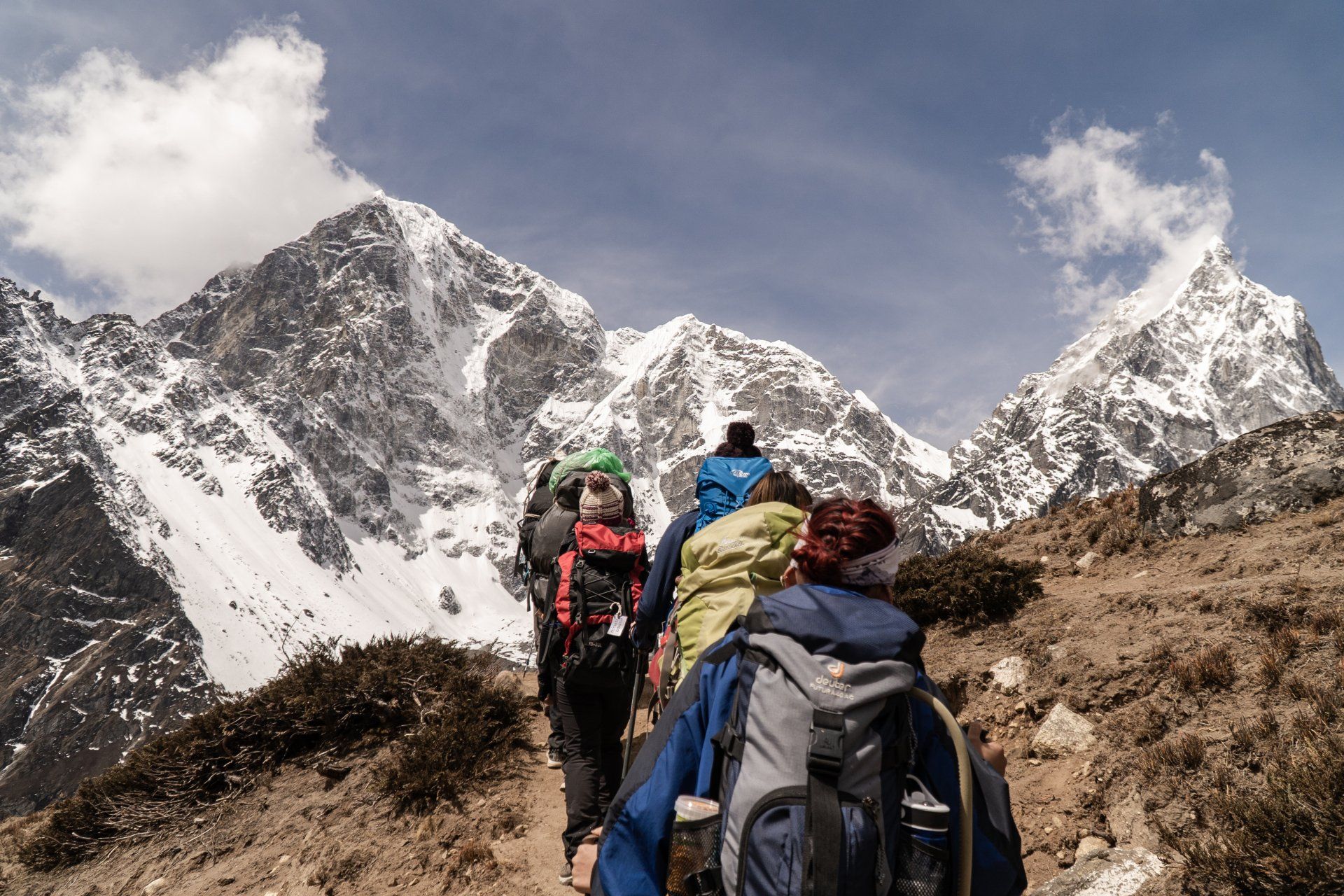
After over seven decades since Nepal started issuing trekking permits to foreigners, the government has finally ended the paper-based permit issuing system. This comes weeks after the Nepali visa application system went online.
The Department of Immigration started the online system for trekkers on February 23.
Foreign trekkers are no longer required to be present at the immigration office to obtain the permits to hike in restricted areas, said Prem Prasad Dhakal, spokesperson at the department.
“The online application system will save time. Trekkers will no longer be required to stand in queues at banks to pay the fees.”
However, the payment should be made only through Nepali payment channels including Nepali mobile banking apps, and payment platforms like Connect IPS, E-sewa and Khalti.
According to Dhakal, as the Nepal government doesn’t have a dollar account, currently, it is not possible for foreigners to pay the fee in US dollars or other foreign currencies, to get trekking permits.
“This issue should be addressed through the Financial Act.”
Immigration officials said they are well prepared to fully implement the system or enable prospective trekkers to pay the fees from their foreign bank accounts, once the government allows payment through foreign currencies.
Similarly, as foreigners are banned from trekking without a guide except in the Everest region, the permits, however, should be issued only through tour operators.
This gives trekking and tour operators an exclusive right to handle trekkers.
Nepal has put an end to the manual system of issuing permits nearly seven and a half decades after the country started issuing such permits to foreign trekkers.
“This is good news for all tour and trekking operators,” said Nilhari Bastola, president of the Trekking Agencies Association of Nepal. “While it might take time for us to be familiar with the new system, it will drastically cut the bureaucratic red tape.”
On February 9, the government implemented the electronic travel authorisation (ETA) system in Nepal, the latest initiative to facilitate the entry of foreign visitors into the country.
“We [travel agencies and tour operators] can now pay the visa fee on behalf of our foreign clients and obtain visas for them through copies of their passports. After obtaining visa numbers from the immigration department, we can get trekking permits for our clients for both restricted as well as non-restricted areas,” said Bastola. The entire process can be completed from the comfort of our home or office.
“Earlier, both the visa and trekking permit issuance processes were tardy. While foreigners were forced to stand in a queue at the airport to obtain visas, the process of obtaining trekking permits was as time-consuming.”
“Thankfully, the manual system has ended.”
For now, payment for an e-visa can be done only by using Nepali payment channels including mobile banking apps, Connect IPS, E-sewa and Khalti.
“The process will be further simplified if the government adopts a dollar payment system,” said Bastola.
Trekking permits for unrestricted areas or the Trekkers’ Information Management System (TIMS), which are issued jointly by the Nepal Tourism Board and the Trekking Agencies Association of Nepal, which came into effect on January 1, 2008 went online on April 1 last year.
Apart from dozens of unrestricted trekking areas, there are certain trekking regions known as 'restricted areas' that are highly regulated by the government where free independent trekkers are strictly forbidden.
Taplejung, Sankhuwasabha, Solukhumbu, Dolakha, Rasuwa, Gorkha, upper Mustang, Manang, upper Dolpa, lower Dolpa, Mugu, Humla, Bajhang, and Darchula districts that border Tibet were declared out of bounds for foreign visitors in the 1970s.
Foreigners are required to obtain special permits from the Department of Immigration to travel to these areas. Also, permits are not given to individual trekkers. Only those travelling in a group through a government authorised trekking agency can apply for such permits.
Permit fees range from $10 a week to $500 for 10 days, depending on the area.
In the 1970s, the government imposed restrictions on the movement of foreigners in several northern villages bordering Tibet as Khampa rebels were found to be using the Nepali territory to mount raids into China. In 1974, the Nepal Army succeeded in completely disarming the Khampa rebels, but the travel restrictions remained.
The official history of trekking in Nepal started in 1949 when the country opened its doors to the outside world after centuries of isolation.
British diplomat and mountaineer Lieutenant Colonel James Owen Merion Roberts is credited with organising the first commercial trek in Nepal in 1950.
Trekking agencies and tour operators have been lobbying with the government to open up such areas that have an immense potential to contribute to the country’s tourism as well as the local economy.
Trekking in some restricted areas is costlier.
According to the immigration department, trekking the restricted areas in Upper Mustang and Upper Dolpa costs $500 per person for the first 10 days and $50 per person per day beyond 10 days.
In the restricted Gorkha-Manaslu area, and Manang and Mugu, in autumn (September-November), foreign trekkers have to pay $100 per person per week and $15 per person per day beyond a week. In the December-August period, which is considered off-season for trekking, it costs $75 a person per week and $10 a person per day beyond a week.
In Bajhang and Darchula, the government charges $90 per person per week for the first week and $15 per person per day beyond a week.
In the restricted areas in Humla, trekkers are charged $50 per person per week and $10 per person per day beyond a week.
Trekkers visiting restricted areas of Gorkha Tsum Valley are charged $40 per person per week and $7 per person per day beyond a week during the autumn season. For the period December-August, the fee is $30 per person per week and $7 per person per day beyond a week.
Likewise, restricted areas in Taplejung, lower Dolpa, Dolakha, Sankhuwasabha, Solukhumbu and Rasuwa are charged $20 per person per week.
In 2022, according to government statistics, the restricted areas received 15,781 foreign trekkers, mostly in Manaslu and upper Mustang.
Now, trekkers can apply from the comfort of their homes through a dedicated
online platform.
© Copyright 2010-2024 All rights reserved for Liberty Holidays Inc Pvt. Ltd. PAN/VAT No: 304220698 Company Registration No: 74126 Professional Tourism License No: 1565



